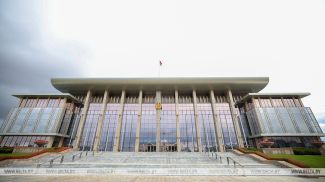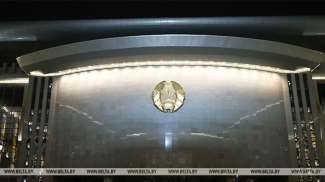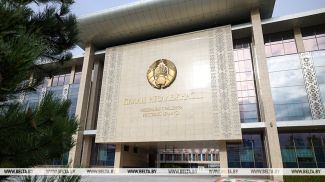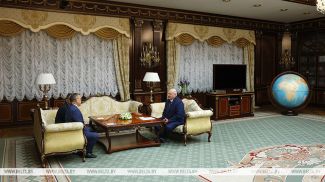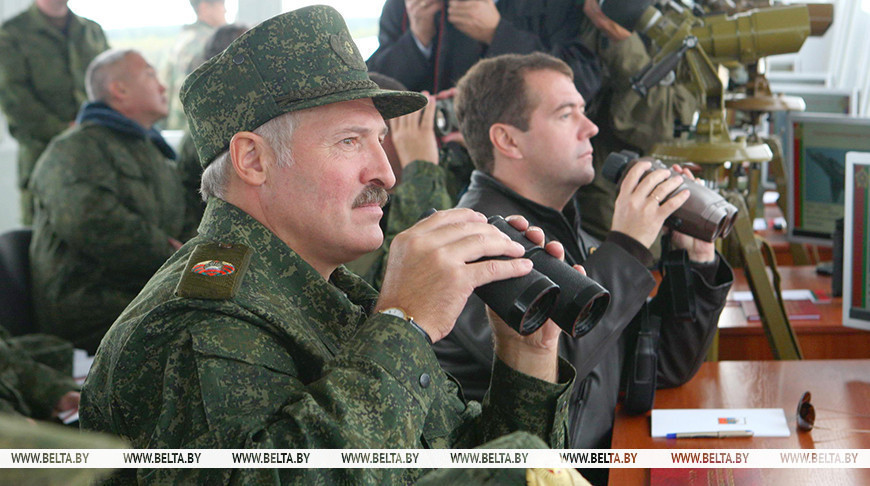
Passions surrounding the Belarus-Russia army exercise Zapad 2025 are not subsiding, and are even intensifying. In Europe, possible scenarios and threats are being calculated in all seriousness; neighbors are closing borders and crossing their fingers. This comes against the backdrop of repeated statements from the leadership of Belarus and Russia about the defensive nature of the maneuvers, the invitation of international observers, and the decision to move the exercises away from the borders of the Union State. They say there's no smoke without fire. But in reality, the West has long viewed Belarusian-Russian interaction, especially in the military sector, with jealousy and even apprehension. In BelTA's YouTube-project “How it was: DOC” we will tell you why Belarus and Russia decided to hold joint exercises and when our countries organized the first large-scale maneuvers, how the presidents assessed the servicemen's actions, and what the European neighbors were unhappy about.
When Belarus and Russia began holding military exercises
On the international stage, Belarus has secured a status as an open, peaceful, and non-confrontational state. Aleksandr Lukashenko once even stated that our country is the most peaceful in the world and that Belarusians want only one thing - peace. But he immediately added: if the West even twitches in our direction, the response will be instantaneous. “We will all rise up like the Brest Fortress,” the president warned.
Therefore, ensuring military security is one of the priorities of state policy. It was precisely for this purpose that the regional group of forces of Belarus and Russia was created in 2000. Within the framework of its activities, the main events became joint exercises, held once every two years by decision of the presidents.
At first, these were small joint maneuvers. The first large-scale Russia-Belarus exercises took place at the Obuz-Lesnovsky training ground near Baranovichi in June 2006. They were named Shchit Soyuza [Union Shield]. Belarusian President Aleksandr Lukashenko was present during the active phase of the exercise.
Shchit Soyuza 2006
The exercise was designed to reinforce issues of ensuring the defense of the Union State and to test the effectiveness of the unified air defense system. The concept for the maneuvers was developed by the general staffs of the armed forces of Belarus and Russia with the direct participation of representatives from the Collective Security Treaty Organization (CSTO) Joint Staff.
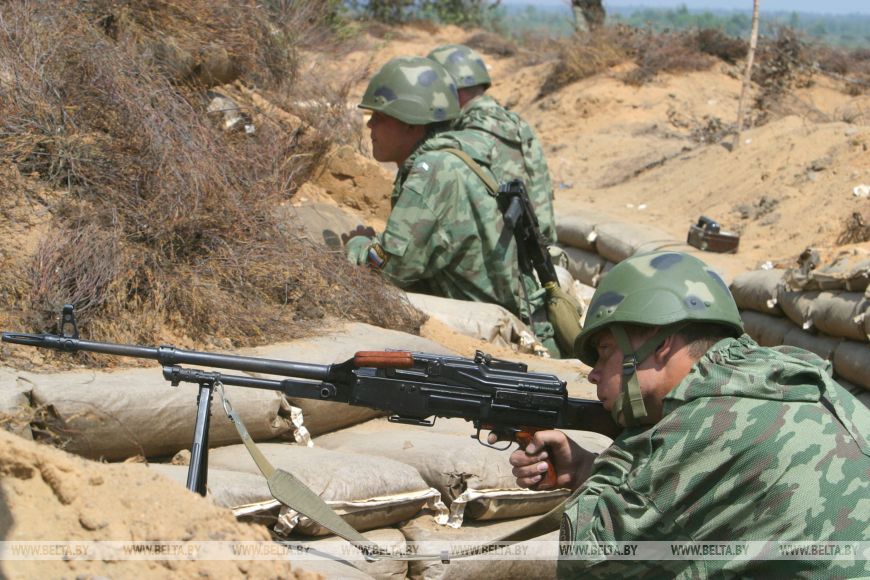
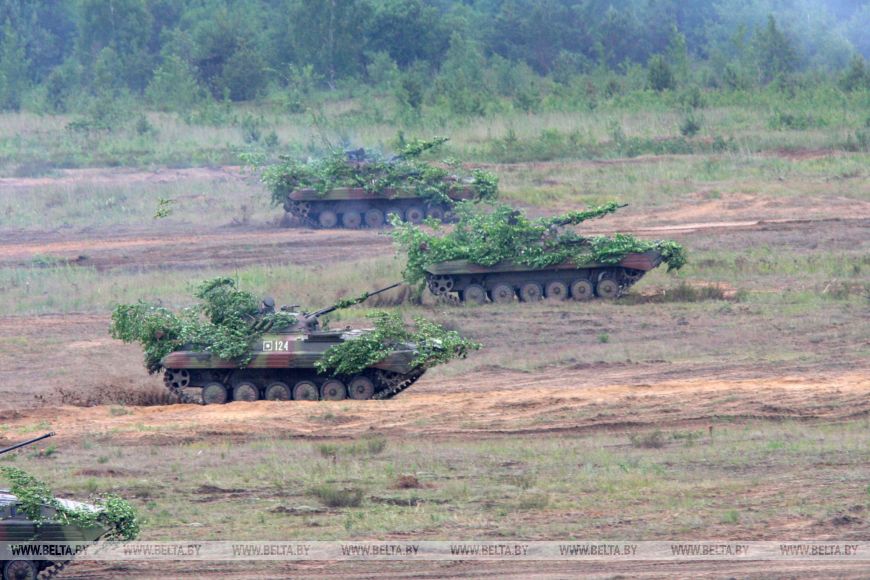
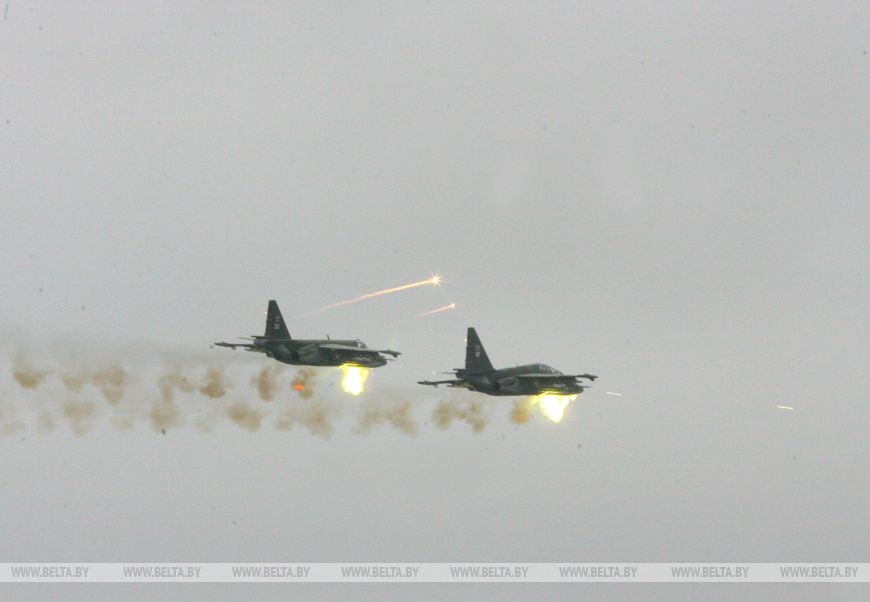
In total, the exercise involved about 7,000 servicemen from Belarus and 1,800 from Russia. Such a large Russian contingent participated in an exercise on Belarusian territory for the first time.

Aleksandr Lukashenko positively assessed the course of the Belarusian-Russian exercise. According to him, the military acted very professionally, and there was complete mutual understanding between them.
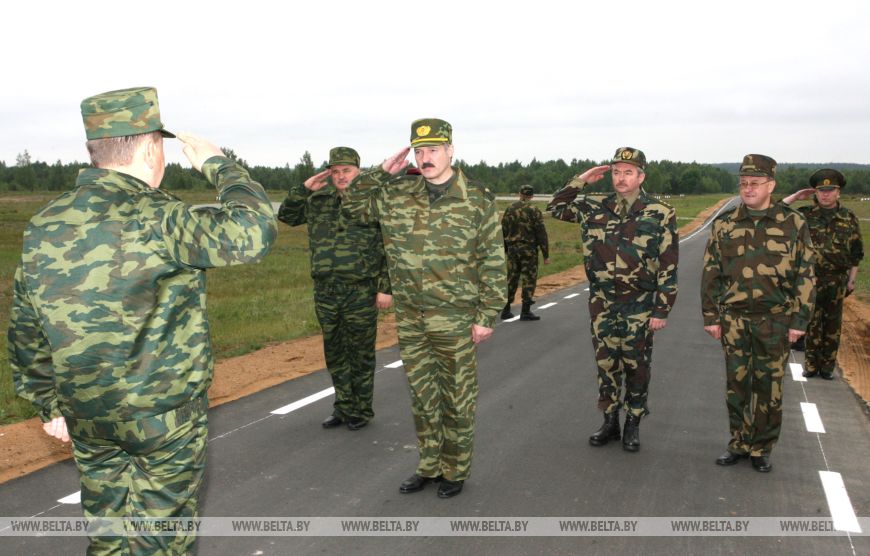
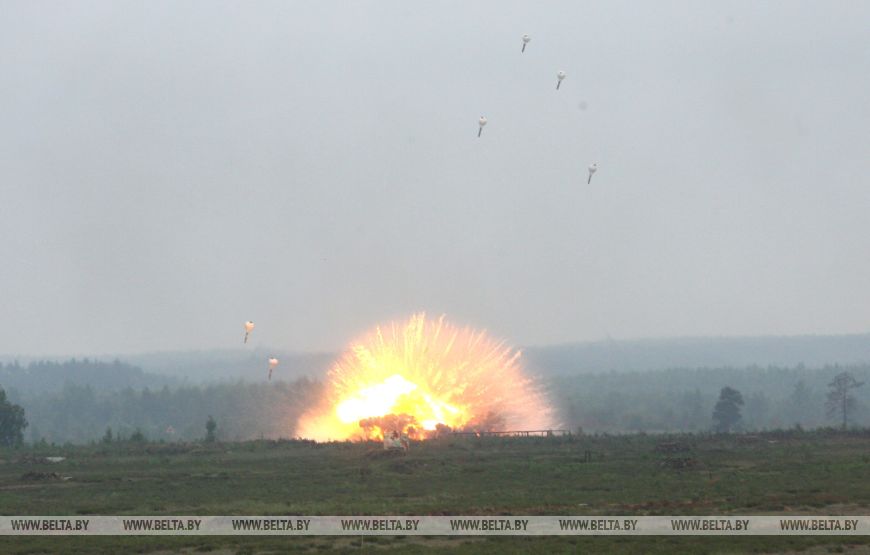
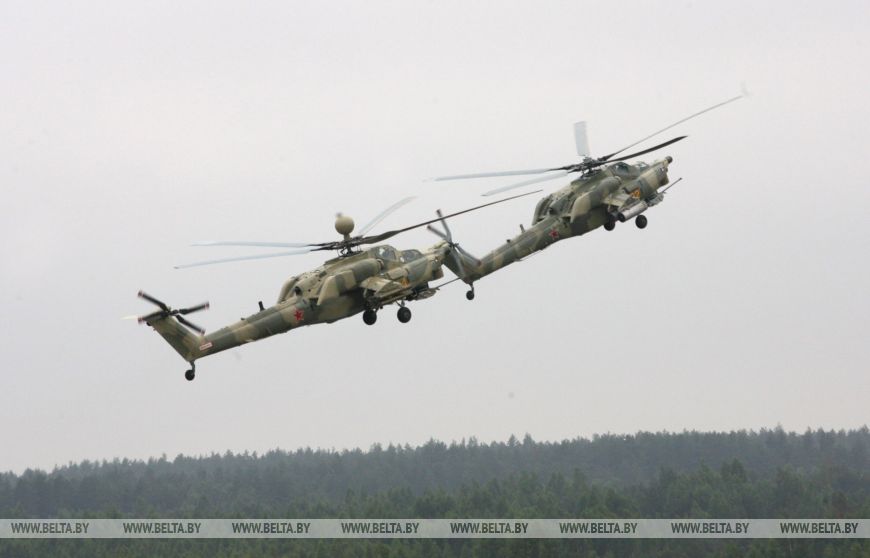
At the same time, the Belarusian leader emphasized that there was no grand politics behind conducting this exercise. “Everyone should understand perfectly well that we are ready, if necessary, to defend our western borders, as it has always been. There is nothing new here,” Aleksandr Lukashenko said.
Back then, the western borders of Belarus were unstable, as they are today. New military bases were springing up there like mushrooms after rain, and Belarus was forced to respond and demonstrate that its military does not eat its bread in vain and is ready to protect the peaceful labor of Belarusians.
“Whether exercises are needed or not is a purely rhetorical question. Those who do not feed their own soldiers will feed foreign ones. We proceed from this fact,” the head of state stated.
First Belarus-Russia Zapad exercise
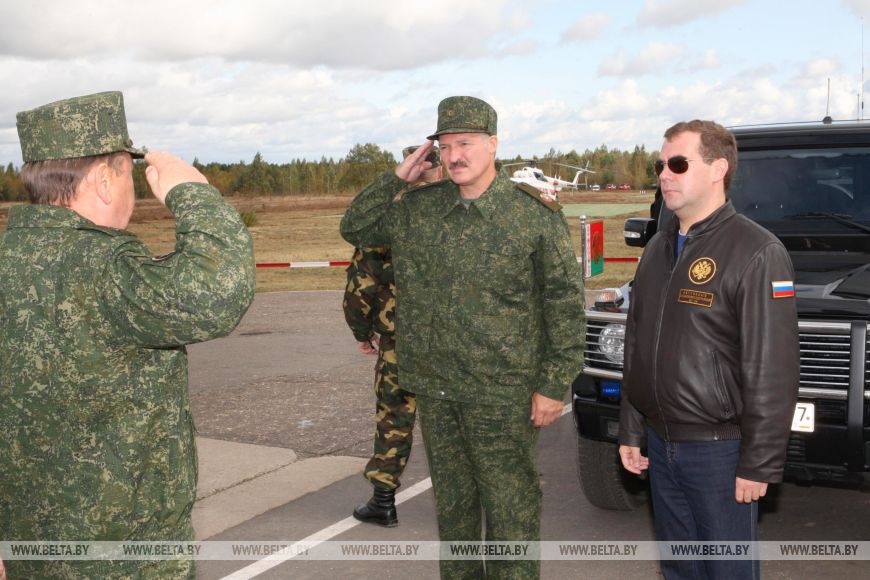
A few years later, Belarus and Russia conducted the operational-strategic exercise Zapad 2009. The presidents of Belarus and Russia, Aleksandr Lukashenko and Dmitry Medvedev, participated in the final stage of the maneuvers.
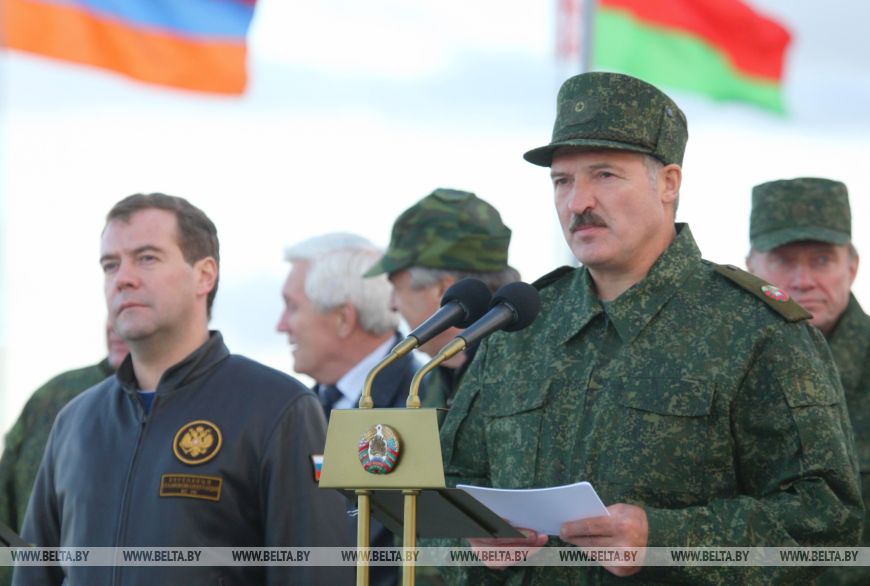
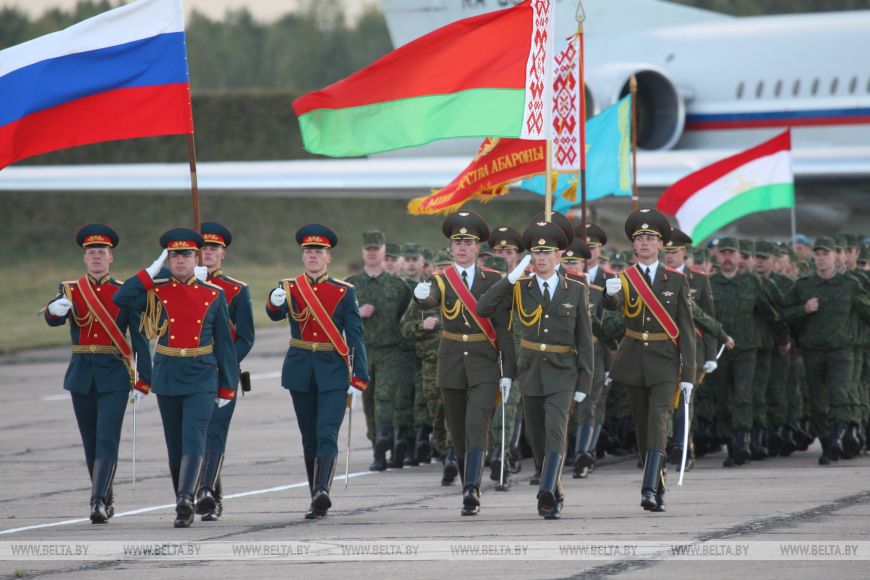
That time, at the Obuz-Lesnovsky training ground, one of the most important issues for the regional group of forces was practiced: the interaction of the troops of Belarus and Russia in the practical execution of tasks for conducting a defensive operation.
Combat training operations also took place at other military training grounds in Belarus and Russia. In total, about 12,500 people took part in the exercise, with 6,500 servicemen from Belarus, about 6,000 from Russia, as well as from Kazakhstan and Tajikistan. Representatives of all states neighboring Belarus - Latvia, Lithuania, Poland, and Ukraine - as well as representatives of the military-diplomatic corps of other countries were invited to observe the maneuvers.
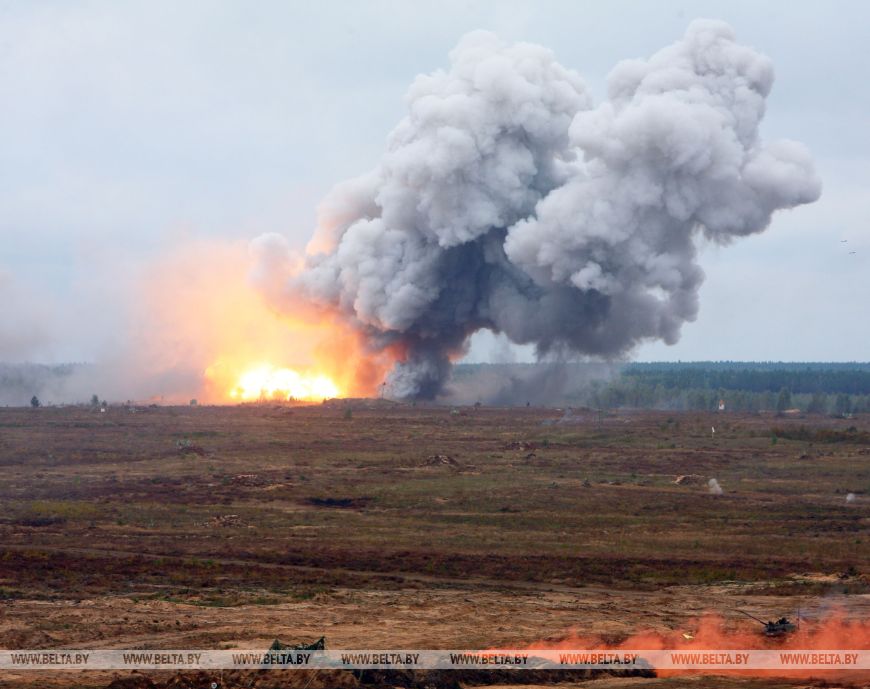
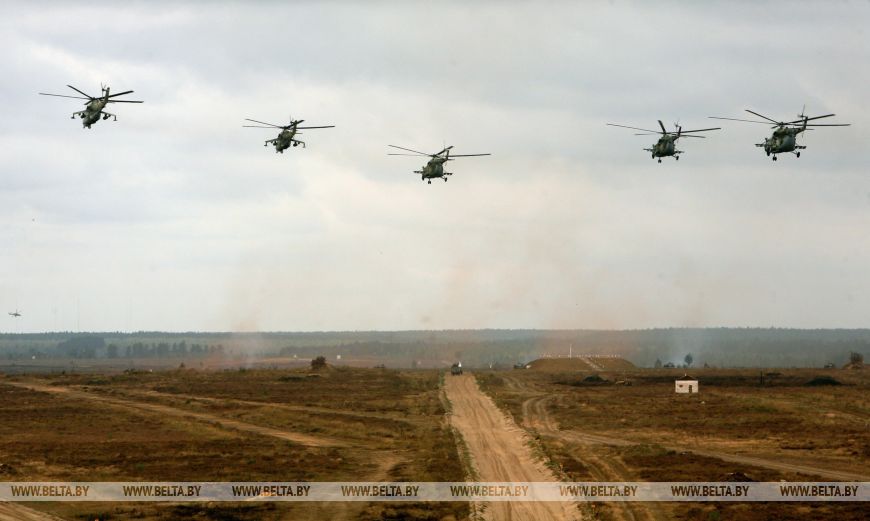
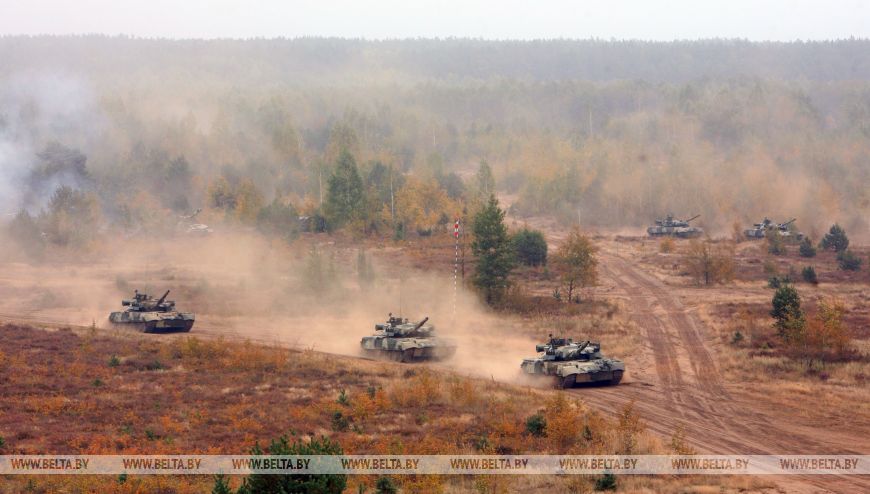
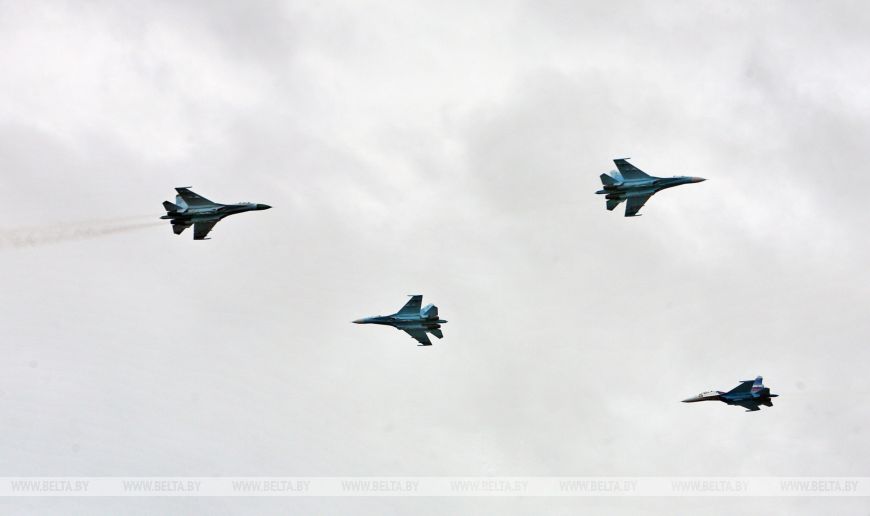
During the active phase of the exercise, the combined arms training ground turned into a theater of active military operations. A counterstrike against the conditional enemy was carried out using various types of weapons and military equipment. Airstrikes were performed by strategic, attack, and frontline aviation, as well as numerous fire support helicopters. Tasks for destroying the infrastructure and manpower of the conditional enemy were also carried out by tank and armored vehicles, unmanned aerial vehicles, military air defense, and other forces and assets.
Summing up the results of the exercise, Aleksandr Lukashenko stated that Belarus and Russia had for the first time reached such a high level of practical interaction in the military sector.
“We have approached such large-scale exercises several times, but only thanks to Dmitry Medvedev we managed this year, for the first time during the existence of the joint Belarusian-Russian grouping as a component of the Collective Security Treaty Organization, to conduct these exercises. Were it not for the decision of the president of Russia, we would not have had such large-scale joint exercises,” the Belarusian leader emphasized. “The current exercise is a model for the protection of our peoples in the Union State.”
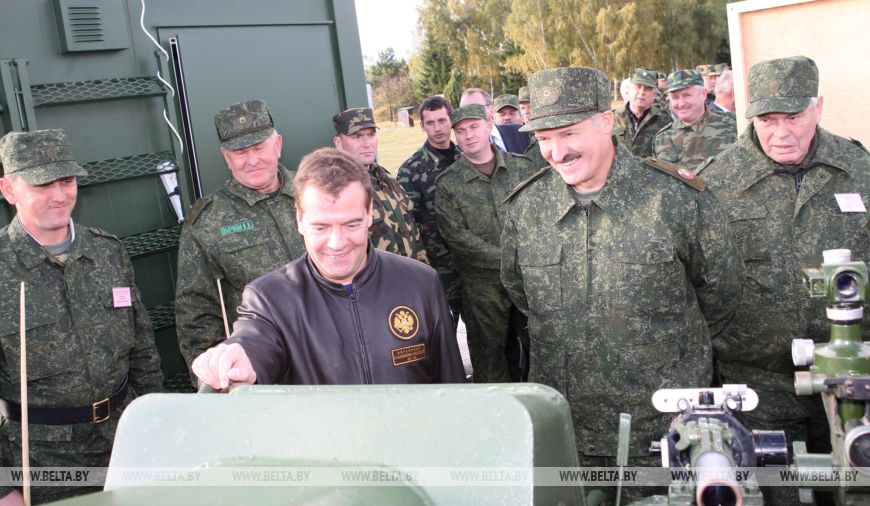
The presidents decided that exercises similar to Zapad 2009 would be held every two years, alternately in Belarus and Russia.
Dmitry Medvedev also highly appreciated the military maneuvers. According to him, all the exercise events were conducted at such a high level for the first time in recent years. “The fact that we were participants in the events of this exercise shows that our allied relations are strengthening, we are developing their defense component, and we are trying to create a reliable basis for protecting our national interests,” said the president of Russia.
Lukashenko’s assessment of the first Zapad exercise
A couple of weeks after the Zapad 2009 exercise, Aleksandr Lukashenko held a large-scale press conference for Russian regional media. The head of state was asked about his impressions of the drill and the prospects for military-technical cooperation between Belarus and Russia.
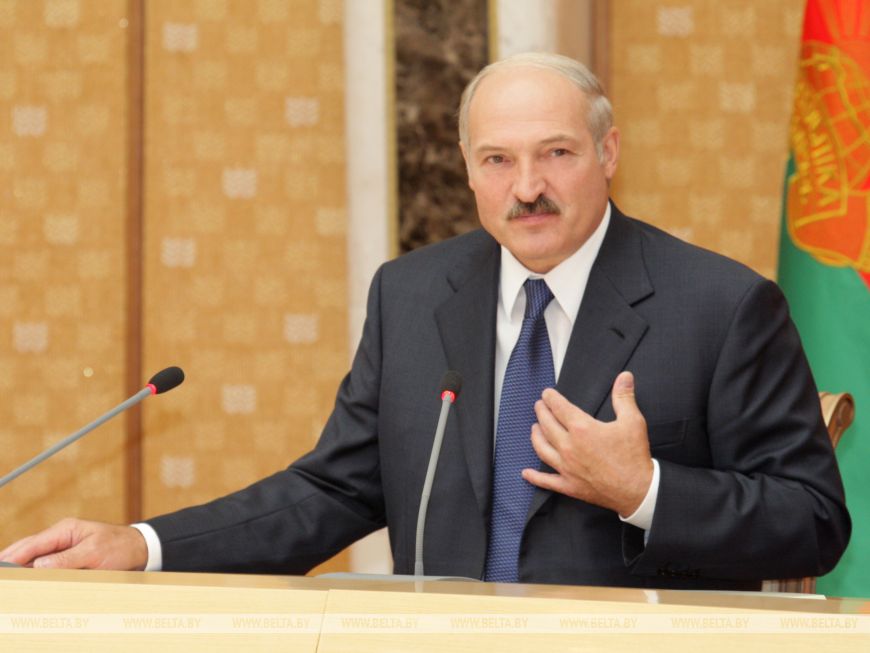
The president immediately set the record straight for those who believed Belarus was pivoting away from Russia to the West: “You do not conduct such exercises with outsiders. Russia has never conducted such exercises on its own. These are large-scale drills. If we grew apart in the military sphere (the most sensitive one) we would not have conducted these exercises in this manner. Because they are only possible in a single state with unified armed forces. But we conducted them. This means we have not drifted apart in terms of military cooperation, including military-technical cooperation. It also means our armed forces are very similar, as two peas in a pod,” the head of state. stated
“These include interoperability, troop coordination, shared classified and other information, and unified commands. We have preserved all of this with the Russians and even taken it further, reaching a higher level. We conducted these exercises not with the Americans, nor with the NATO bloc, toward which we are supposedly running, but with our Russians. Only an idiot could say after this that Lukashenko has pivoted to the West or somewhere else and has betrayed Russia. This fact alone proves that we are truly a single power, since we effectively operate as one state on this sensitive issue,” the Belarusian leader emphasized.
According to Aleksandr Lukashenko, his Russian counterpart Dmitry Medvedev, though no novice in this regard, admired everything he saw.
“After all, this is a huge-scale exercise that extended to the Baltic Sea area, that involved the regional group of forces of the Union State, which relies on the Belarusian army in the West. And it was supplemented by the western units of the Russian Federation, as provided for by the defense plan,” the president said. “It was a very large-scale exercise. We worked through all the issues, all the scenarios. That's why I was satisfied. And for the Russians who were present (I'm not even talking about the Russian military) they all had one thing to say: 'Finally, we are together. Finally, we are together as we should be’.”
What the West said about the Belarusian-Russian exercise
Of course, the West expressed concern. During his visit to Lithuania in September 2009, Aleksandr Lukashenko had to address this topic. The president immediately pointed out that Zapad 2009 was not a demonstration of force or a threat to the European Union.
“We are not going to threaten Lithuania or show off our strength. I guarantee that not a single shell or bullet will fly into Lithuanian territory,” the head of state said responding to concerns from Lithuanian journalists about the exercise's “proximity” to the border with Lithuania.
Zapad 2009 provoked a rather sharp reaction from NATO countries, primarily Poland and the Baltic states. The military leadership of Belarus and Russia was accused of violating international agreements and preparing aggression against these countries. A wave of threatening statements towards Minsk and Moscow rolled through the Western press, and some hotheads even called for harsh actions against our countries through all possible channels.
Even after the exercise had concluded, Latvia's Minister of Defense Imants Lieģis suddenly accused Belarus and Russia of rehearsing an armed attack on the Baltic countries. A couple of weeks later, Poland ‘joined the choir’: Polish Foreign Minister Radosław Sikorski wrote a letter to the NATO secretary general expressing concern over the Belarusian-Russian military maneuvers near his country's borders (incidentally, many are unaware that Radosław Sikorski has personal experience in fighting against Russians: at one time, while working as a journalist in Afghanistan, he participated in combat operations against the Soviet Army on the side of the mujahideens, which he later described in his book).
However, Poland's Minister of Defense Bogdan Klich stated that Poland faced no threat from neighboring countries and therefore should not exaggerate the significance of the Russian-Belarusian Zapad 2009 exercise. NATO Secretary General Anders Fogh Rasmussen held the same position. “Naturally, we monitored the exercise, and we do not consider them a source of danger for NATO member states," he said in a comment to journalists.
Needless to say, with each passing year, the rhetoric surrounding the Belarusian-Russian exercises has grown tougher. Our Western neighbors or rather, their political elites, have done everything possible to fan these smoldering embers. They complained to their superiors in Brussels and Washington and responded to every new Belarusian-Russian exercise with a dozen military maneuvers of their own and new military-technical infrastructure.
As the saying goes, there's no smoke without fire. That is probably true. But there is another good idiom: ‘guilty mind is never at ease’.




